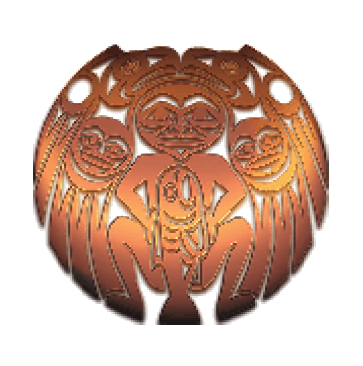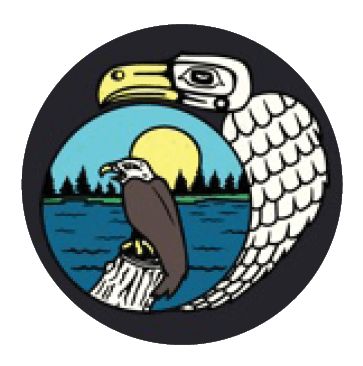Lower Chemainus Watershed Flood Management Plan
We wanted to extend our appreciation to everyone who came together to share knowledge about the Chemainus River floodplain. It was educational to hear stories, questions, and recommendations from community members, many of whom experienced flooding in recent winters. If you were unable to attend or have more to share, online input can be provided through the mapping activity and comment form until August 2. Thank you for helping create the Lower Watershed River Flood Management Plan.
We are preparing a flood management plan for the Lower Chemainus watershed.
The Lower Chemainus River is a floodplain, which means it is prone to periodic flooding. Flooding can impact properties, infrastructure, businesses, and the environment. While floodplains are more susceptible to flooding, we are seeing even greater impacts in recent years. To prepare for the future, the Cowichan Valley Regional District, in partnership with Municipality of North Cowichan, Halalt First Nation, and Penelakut Tribe, has developed updated floodplain mapping for the Lower Chemainus Watershed. Mapping will help the communities better understand watershed processes and identify potential options to help manage future flooding. Through summer 2022, we are engaging with local First Nations, government agencies, stakeholders, interest groups, and the community to share what we've learned so far, and hear ideas and values that could inform future flood management planning.
Quick Links
| View a Context Map | Read a Backgrounder Brief | Attend a Community Info Session | Map Your Knowledge | Complete a Comment Form | View Floodplain Maps | Read Technical Reports |






